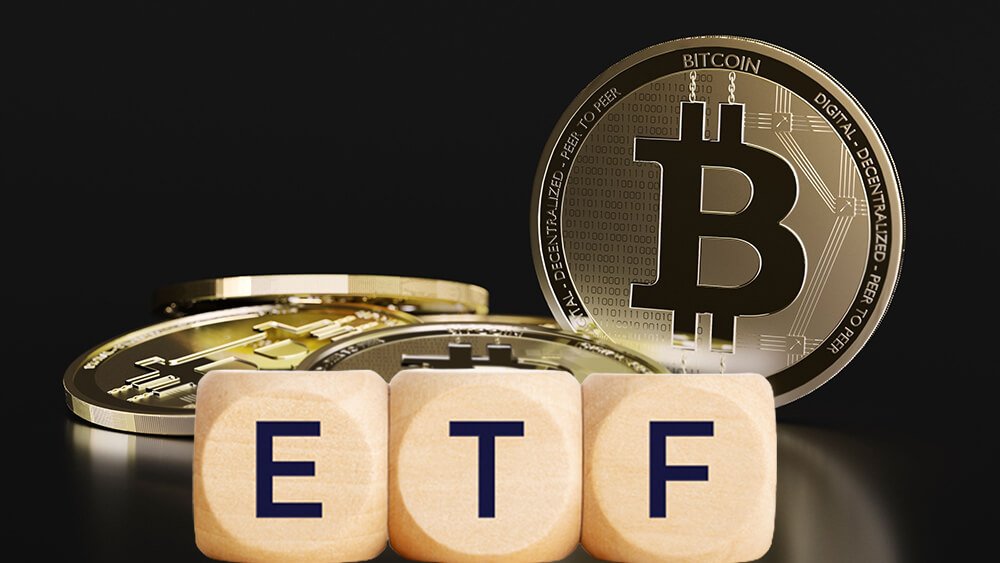Extending the review period to June 1, 2025, the U.S. Securities and Exchange Commission (SEC) has delayed its ruling on whether to permit staking inside Grayscale’s Ethereum exchange-traded funds (ETFs). As the government considers the consequences of include staking—a process that might change the attractiveness and structure of Ethereum-based investment products in the U.S., the action signals yet another regulatory halt.
Grayscale’s Staking Proposal Background
NYSE Arca filed a suggested rule modification on Grayscale’s behalf on February 14, 2025, asking permission for the Grayscale Ethereum ETF and the Grayscale Ethereum Mini Trust ETF to engage in Ethereum staking. With users receiving benefits in exchange, staking is the process of locking up Ether (ETH) to help safeguard the blockchain network. Should it be authorised, this would let ETF investors generate passive income on their assets, hence increasing the appeal of the funds in relation to conventional, non-yielding crypto ETFs.
Regulatory Procedures and Delays
Published for public comment in early March, the proposal started a 45-day review period scheduled to conclude on April 17. The SEC said in an April 14 notice that it would lengthen the review period by another 45 days, so allowing a more complete analysis of the possible market and investor effects. The revised judgement date is June 1, 2025; the last rule deadline is late October.
The SEC said, “The Commission finds it appropriate to designate a longer period within which to take action on the proposed rule change so that it has sufficient time to consider the proposed rule change and the issues raised therein.”
Possible Effect for Investors
Depending on the platform, staking might offer yearly returns from 2% to 7%, with centralised exchanges like Kraken giving up to 7% and on-chain rates usually between 2.3% and 3.5%. For ETF investors, the addition of staking would convert static ETH exposure into an income-generating product, therefore matching U.S. offers with those in more progressive locations as Hong Kong, Canada, and the EU, where staking characteristics are already present.
Though they have underperformed relative to Bitcoin ETFs, U.S. Ethereum ETFs have recorded a total nett inflow of $2.28 billion since their debut in July 2024. Supporters say that including staking would spark interest and boost competitiveness in the U.S. crypto ETF sector.
Wider Regulatory Background
Broader regulatory changes are reflected in the SEC’s conservative attitude on staking. The government authorised options trading for numerous spot Ether ETFs on April 9, including those run by BlackRock, Bitwise, and Grayscale. This action included a derivatives element that let investors either hedge risk or follow more complex trading ideas.
Other significant asset managers, like BlackRock’s 21Shares iShares Ethereum Trust, have also asked for staking capabilities to be included into their ETFs and are waiting for regulatory feedback.
What Comes Next?
The SEC is currently anticipated to rule on Grayscale’s staking proposal by June 1, 2025. The end of October is still the last deadline for a verdict should the agency need more deliberation. Investors and industry players will keenly monitor the result since it might establish a standard for the inclusion of staking in U.S.-listed crypto ETFs and influence the future of digital asset investment products in the nation.
The SEC’s decision will be crucial in deciding whether American investors may access the whole spectrum of advantages provided by Ethereum’s proof-of-stake system via regulated investment vehicles as the U.S. lags behind other global markets in staking adoption.

